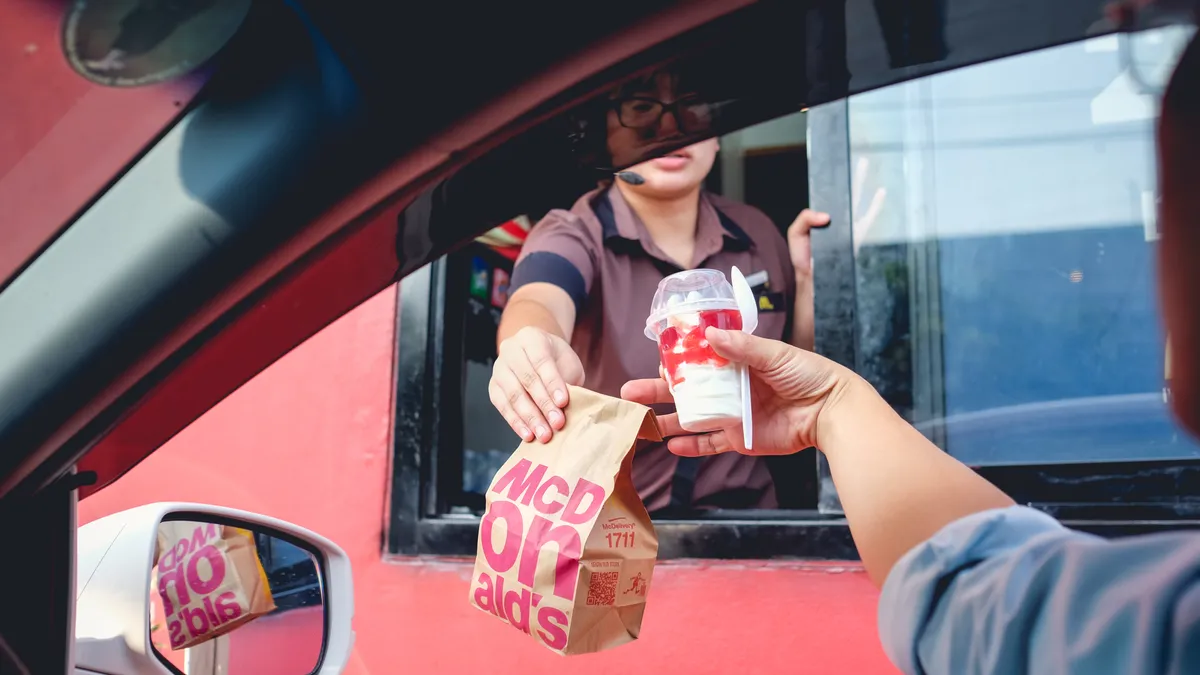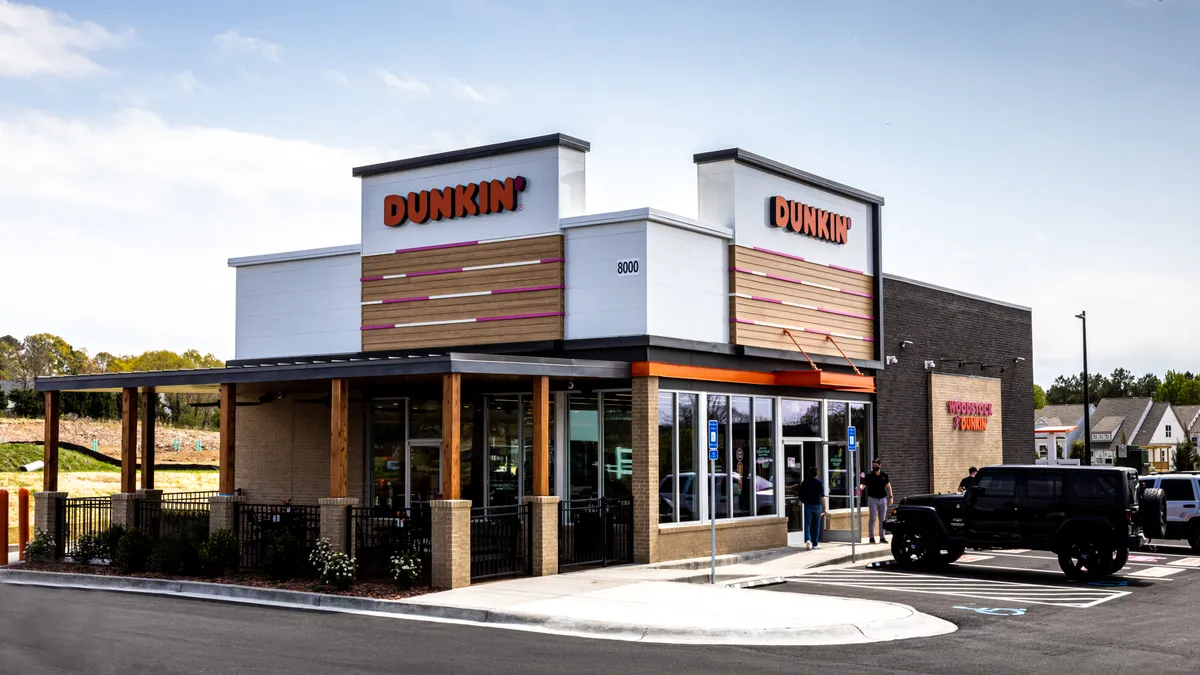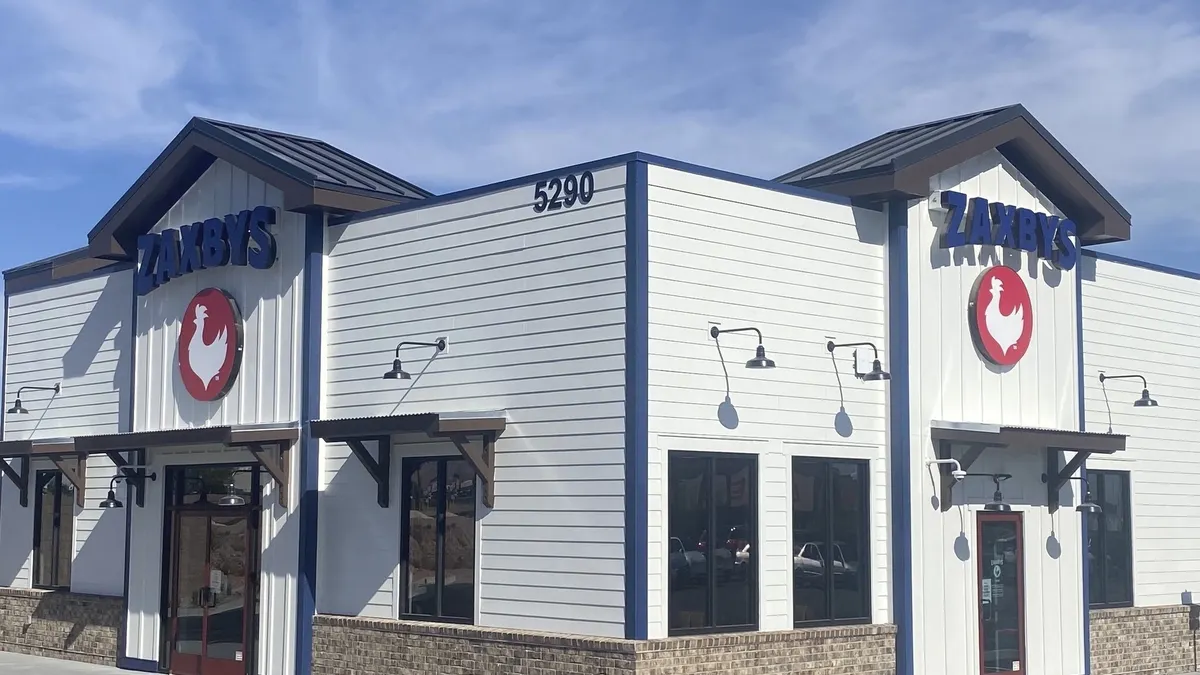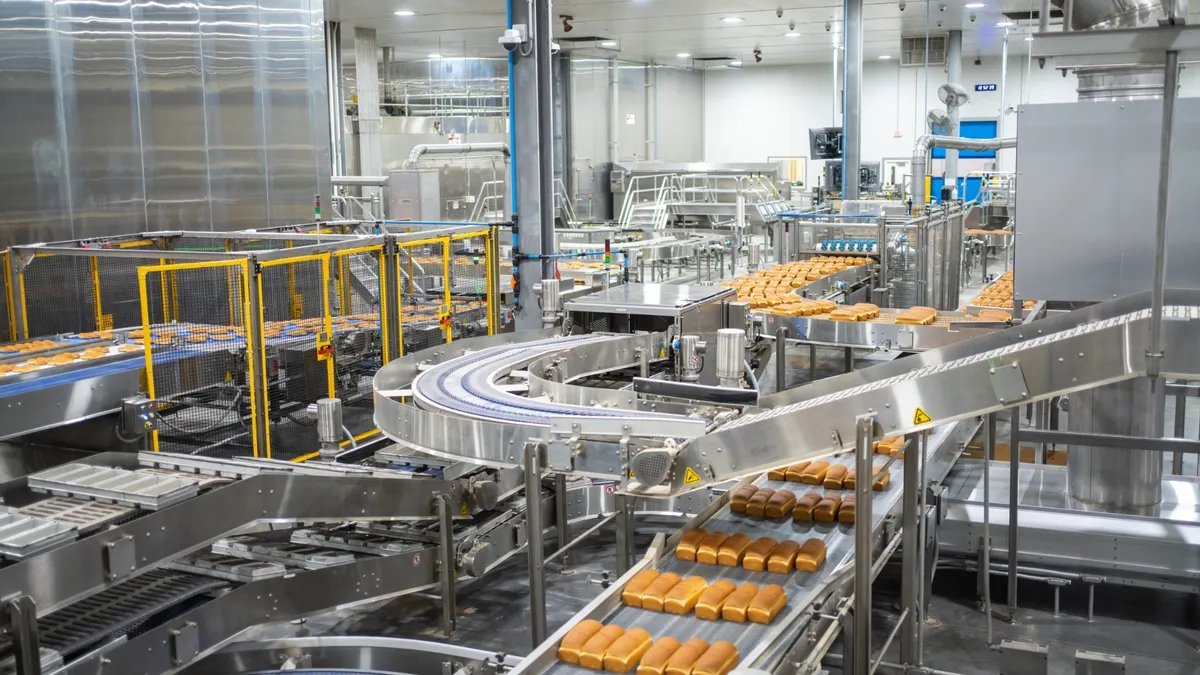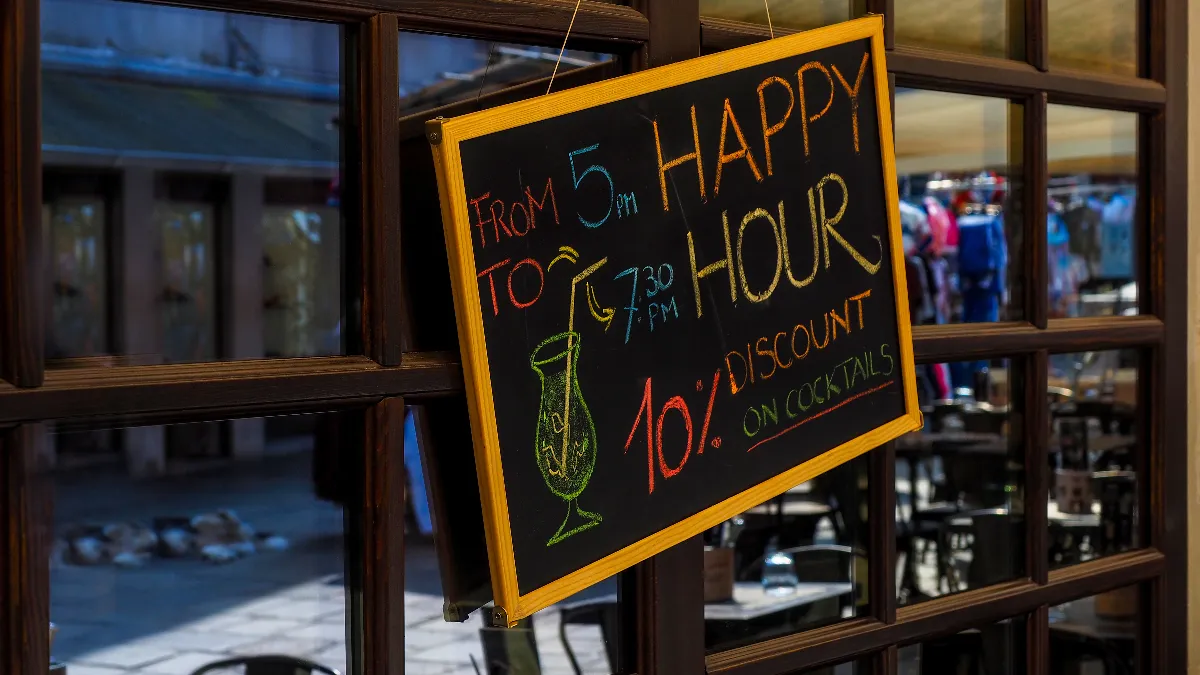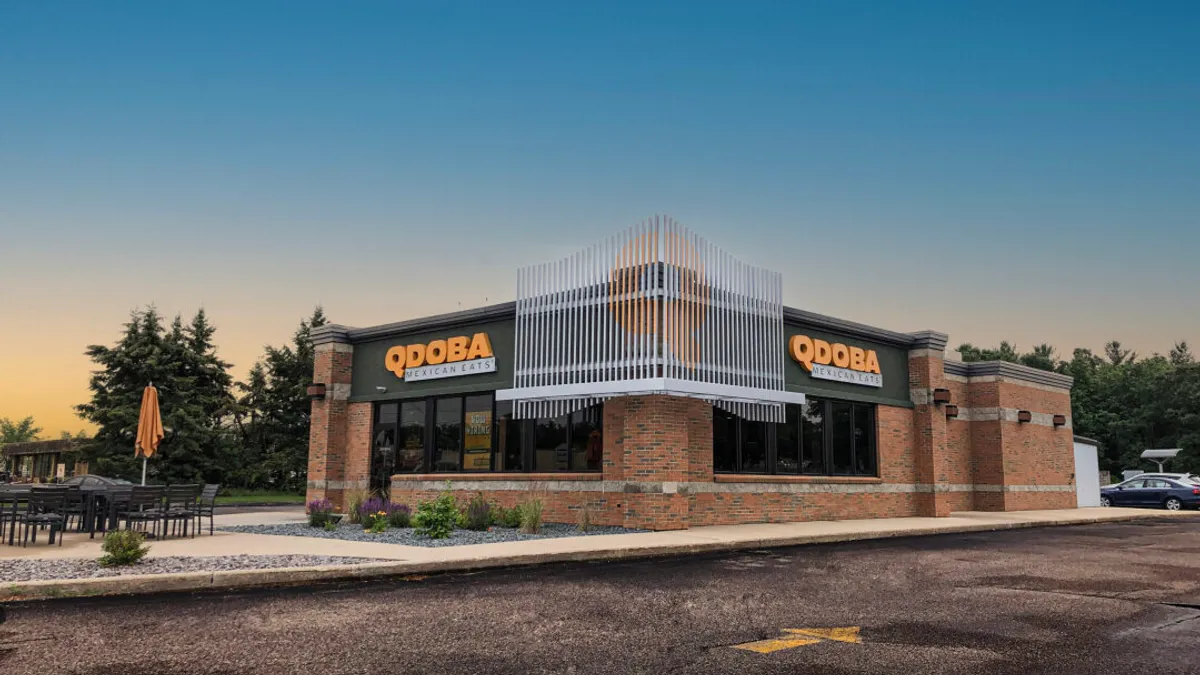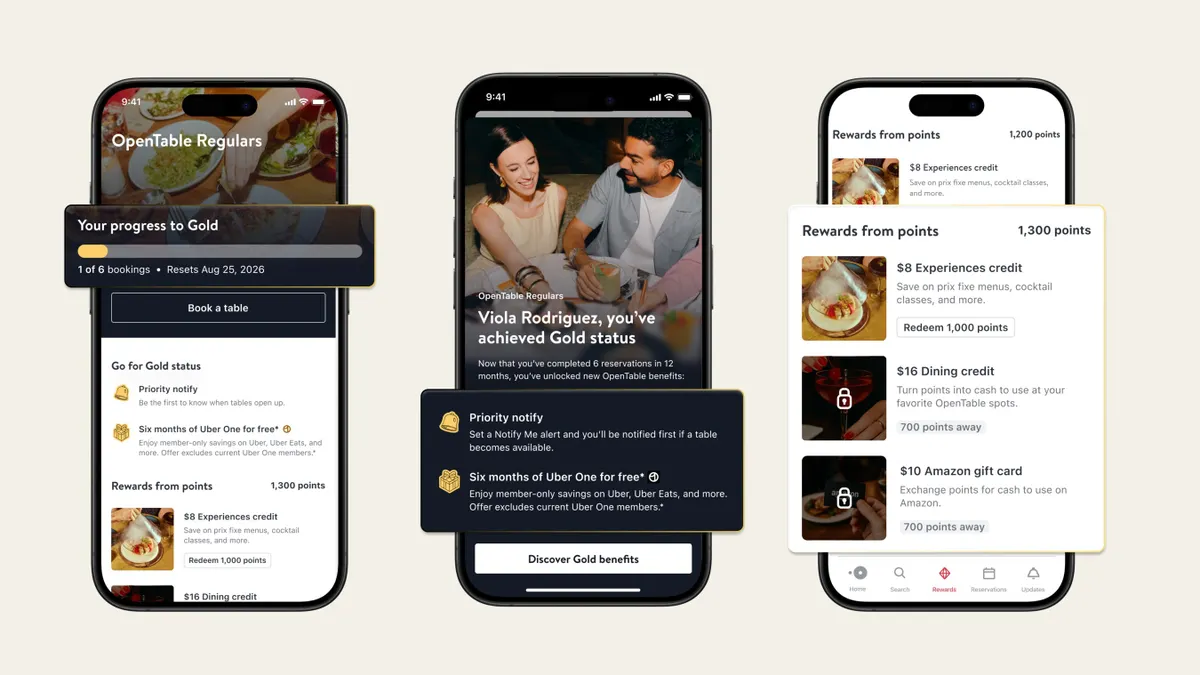Dori Salisbury is the SVP of Operations at Compeat.
If you have been struggling to improve your restaurant’s bottom line but don't know exactly how to achieve that goal, it’s very possible that you are going about it the wrong way. One of the most common mistakes made by operators is setting goals for your team that are too broad. It's fine to have a goal of “increasing the bottom line by 20%”, but that goal needs to be backed by clearly defined and measurable objectives.
Objectives become specific and measurable when they have a clear definition of success and a completion date. Study your P&L and determine what specific objectives need to be met to reach your goal. “We have to get our food cost below 35% in six months” or “we need to decrease labor by 20% before January 1, 2020” are good examples of this. Make sure these objectives are presented in bite-sized chucks — setting a goal to reduce costs by 40% in the next year is intimidating. Instead, set a quarterly goal that will get you to your long-term objective and allow you to celebrate success along the way.
From there, assign specific strategies to help you achieve these objectives. And most importantly, gain the support of your staff to follow these steps during every shift. Below are four tips that will help you achieve your profitability goals:
1. Set specific, measurable objectives
Set small achievable goals and increase them incrementally. One example of where to start is reducing labor based on historic sales and accurate forecasting. Have a daily goal set and check how you are measuring up hourly. When you get close to reaching the set limit, it’s time to look around and see if you can cut someone before you reach it.
Again, look at all of your reports at the end of the day to see if you are truly successful. If you stayed under your daily target for labor but customer service became an issue, then a different approach is needed next time. Remember that in our industry, it's not always about “reducing” but more about “optimizing” our resources.
2. Provide specific strategies for each goal
For example, a floor manager may feel having employees arrive a few minutes early for their shift gives them peace of mind, but the extra time adds up and can really eat away at a restaurant’s profits. While most employees clock-in when they arrive without giving much thought to it, operators know that a few minutes per employee, per day can add up over time. Set the regulation for your employees and be sure that the managers adhere to it. For example, employees can clock-in only 5 minutes prior to the commencement of a shift. Any employee trying to clock in earlier than 5 minutes before the shift would need a manager’s approval, and that exception is noted in the manager’s log. Check your labor report to ensure that this is being done on every shift.
3. Explain to every employee that their individual actions impact the entire business
Your employees will be much more likely to support your efforts if they understand how everything they do directly affects the business. For example, let’s say that your analysis has determined that the precooked weight of a hamburger patty should be 5 oz. for you to make a decent margin on it. You regularly purchase 150 ounces of hamburger daily for approximately $35, which should allow you to make and sell 30 hamburgers at $8 per hamburger, resulting in a margin of $205 per day minus buns, condiments, etc. You train your prep team to make the patties correctly, but over time they begin to eyeball the patty size instead of weighing each portion. The portions start to creep up unnoticed and now each patty is closer to 6 oz., resulting in only 25 patties to sell. You’ve just lost 5 patties and up to $40 of margin in one day! If your employees understand how the simple action of not weighing hamburger patties can impact the bottom line, then they will be more likely to understand why it is required.
4. Monitor your progress daily
Looking at your profit and loss at the end of each month and then again at the end of each quarter — will show you whether you made your goals or not, but it is too late to do anything about it at that point. In order to truly make progress, you need to be able to think on your feet and change course as soon as you are alerted to a potential issue. Setting up dashboards or widgets that can alert managers in real-time on their mobile device will make an enormous impact on your operations. If your floor manager can glance at his phone and see that he has an employee about to go into overtime, he can instantly make the call whether that employee can be cut based on how busy the shift is.
Remember to check all of your reports at the end of each day to see if you were successful. If you only check on numbers specific to your goals, other areas of your business may suffer. It’s possible that your food cost went down, yet your comps went up due to running out of menu items. The trick here is balance — it’s okay to experiment with different scenarios while trying to perfect it.
While improving profitability seems to be every restaurant operator’s ultimate goal, we often find ourselves so overwhelmed with day-to-day tasks that we don’t take the proper steps toward reaching that objective. Incremental, measurable benchmarks are the key to achieving your goals without impacting your food quality and customer service.



